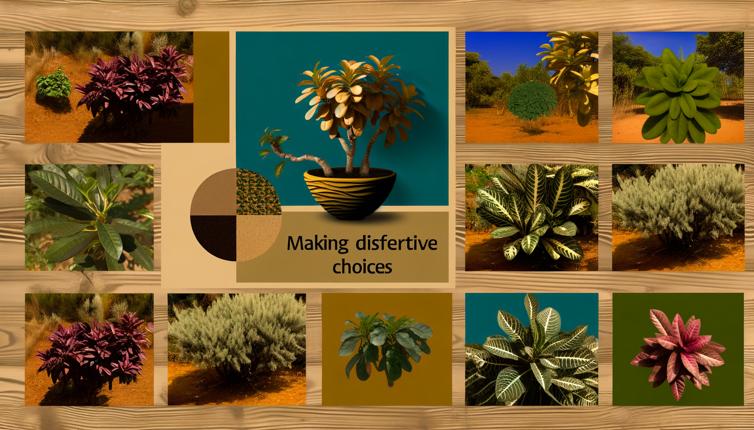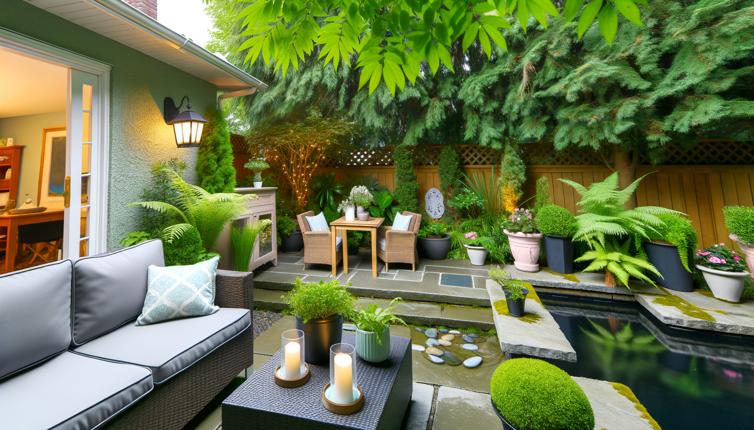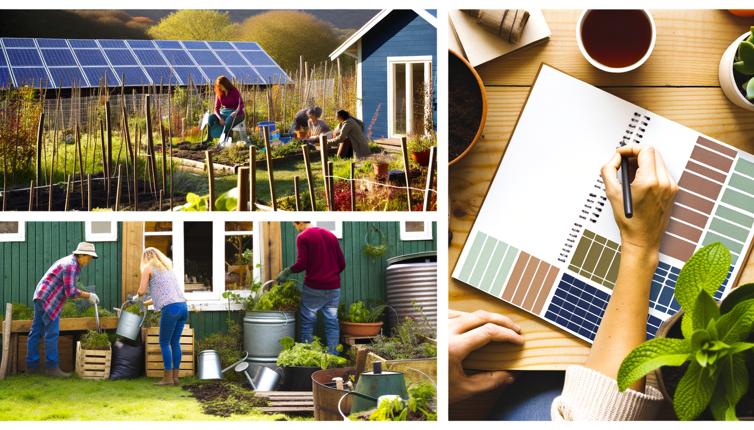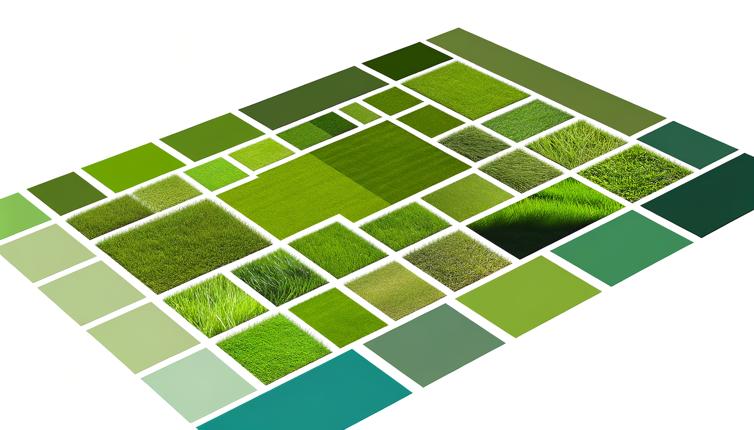Understanding Your Climate
Before selecting plants for your garden, it's important to understand the climate in which you live. Different plants have different climate requirements, and choosing plants that are well-suited to your climate will greatly increase their chances of thriving.,Start by identifying your USDA hardiness zone. The USDA has divided North America into 13 hardiness zones based on average winter temperatures. This information can be found in gardening catalogs or on the USDA website. Once you know your zone, you can use it as a guide for selecting plants that are known to thrive in that particular zone.,In addition to the hardiness zone, consider other factors such as average annual rainfall, temperature fluctuations, and the length of your growing season. All of these factors can affect the success of your plants.
Choosing the Right Plants
Once you have a good understanding of your climate, you can begin selecting plants that are well-suited to your environment. Here are some tips to help you choose the right plants:,1. Research plant requirements: Before purchasing any plants, research their specific climate requirements. Some plants prefer full sun, while others thrive in shade. Some plants require well-drained soil, while others can tolerate moist conditions. By understanding these requirements, you can make sure you choose plants that will thrive in your climate.,2. Consider native plants: Native plants are often the best choice for your garden, as they are already well-adapted to your local climate. They have evolved to thrive in your specific conditions, making them more likely to succeed. Native plants also provide food and habitat for local wildlife and can help support biodiversity.,3. Consider microclimates: Even within your own garden, there may be microclimates with slightly different conditions. For example, one area of your garden may receive more sun or have better drainage than another. Take advantage of these microclimates by selecting plants that are well-suited to those specific conditions.,By choosing plants that are well-suited to your climate, you can create a thriving garden that requires less maintenance and is more resilient to environmental challenges.
Experimenting with New Plants
While it's important to select plants that are well-suited to your climate, don't be afraid to experiment with new plants as well. Gardening is a learning process, and trying new plants can be both fun and educational.,Before introducing any new plants to your garden, make sure to research their requirements and determine if they are likely to thrive in your climate. Consider starting with a small number of plants to see how they perform before introducing them on a larger scale.,Keep in mind that not all experiments will be successful, and that's okay. Gardening is a process of trial and error, and sometimes the best way to learn is through experience.,By combining tried-and-true plants with new and exciting varieties, you can create a beautiful and diverse garden that thrives in your climate.
Conclusion
Selecting plants that thrive in your climate is essential for creating a successful and thriving garden. By understanding your climate, researching plant requirements, and experimenting with new plants, you can create a garden that is not only beautiful but also resilient to the challenges of your environment.









